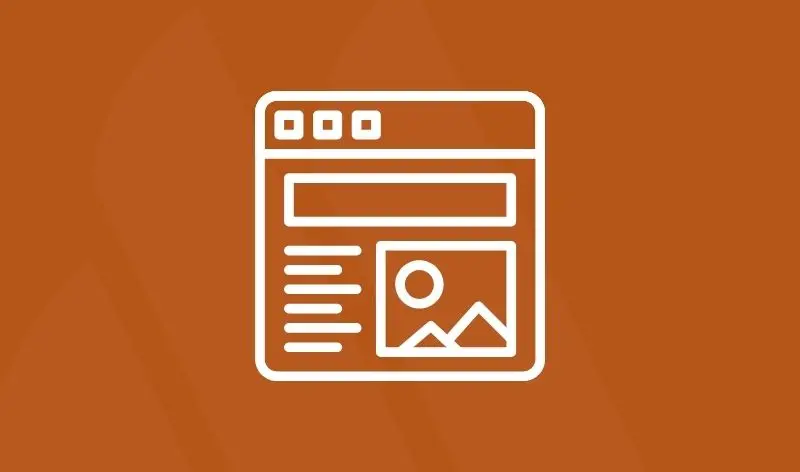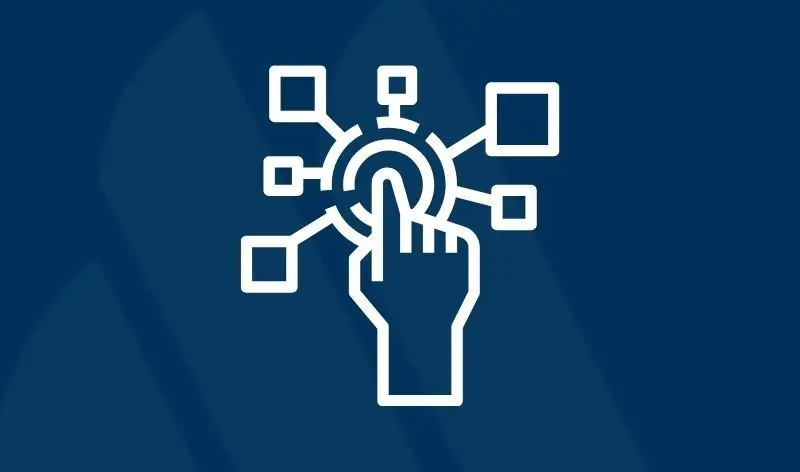
Collecting Debts Effectively
Debt collection can be problematic for some businesses to face. Recovering the money owed by your customers who pay late, or not all, is a challenge that requires a systematic approach and careful judgment.
To remove the need to collect debts at all, if you can enable customers to pay by direct debit, mobile payments, credit cards, third party providers (for example, Stripe, PayPal) or online banking as soon as you’ve completed the job.
Effective debtor management is the best way to keep debt problems to a minimum. But despite all your best efforts, there will always be customers who don’t pay on time.
Identify potential bad debtors and act quickly
First, set up your accounting system to flag overdue accounts as the sooner you take action, the more likely you’ll get paid. Most accounting software will have features enabling you to send automatic reminders, though this may not work if you only have a few customers, or don’t wish to send an impersonal message.
Reduce the chance of overdue payments
There are no hard and fast rules on how to handle late payers. Your approach is likely to depend on your history with each customer and their reasons for being overdue.
Start by eliminating or resolving any obvious reasons, such as:
- Your customer never received your invoice, or the goods were sent to the wrong address. If you sell to larger businesses, the invoice may have been sent to the wrong department or without a purchase order. Make a point of sending a copy of your invoice within a day or two of the invoice being overdue, follow up with a friendly call or email if necessary to ensure the right person got the right invoice
- Your invoice or statement didn’t comply with the customer’s requirements. Check the customer’s original order and compare any requirements with your invoice. Make sure you included all the required details, such as the customer’s order number or account number, and the name of the person or department who ordered from you
- The invoice was unclear. Your bill may not have detailed what goods or services were delivered in the correct way
- Your customer has a problem with your invoice or with the quality of your goods and services. If so, resolve any issues as soon as possible to reach an acceptable solution. This eliminates any further excuses for not paying
- Your customer has an accounting or payment system glitch. This can usually be resolved − as long as it’s not an excuse for something more serious
- Your customer has a cash flow problem. If you can negotiate a solution, get the customer to sign an agreed repayment schedule and make it clear that any partial payments will not be considered settlement in full.
Make contact with your customer
Once you’ve resolved any barriers to payment, if the debt is still overdue, make contact with your customer. Start with a polite reminder or enquiry about the bill, as overdue payment may not be any fault of the customer, and then follow up as necessary.
Try one or more of the following:
- Personal visit. A face-to-face encounter can often solve the issue or ensure you get priority treatment. It’s also an opportunity to negotiate payment solutions. Perhaps the customer can pay by credit card instead of cash, or pay by agreed installments, with the clear written understanding that no partial payment will be regarded as full or final settlement
- Call your customer if it’s too difficult to visit
- Email a reminder.
Promptness and persistence are the two keys to getting paid. A single visit, call, or email may be fruitless, but persistent follow-ups may very well do the trick, once the customer realizes you aren’t going to give up easily.
Employ debt collectors or lawyers
If all else fails and you no longer wish to retain the customer, consider debt collection agencies or a lawyer. Notify your customer one last time to let them know you plan to pass the matter over to a lawyer or debt collector.
Once you hand the debt over, there’s a strong possibility that the customer will realize you’re serious about chasing the debt. They’ll often pay up right away – in full or in agreed installments. A letter from a lawyer or agency can be enough to do the trick.
Check the cost of various debt collectors
Ask your business contacts to recommend a few debt collectors or lawyers who specialize in debt collection – then compare costs and services. Costs are likely to include a flat fee, or a percentage of the debt recovered – or a combination of both. Find out exactly what the fees cover and check if there are any additional charges.
Summary
Implement tactics to reduce the occurrence of bad debts where you can, then decide if it’s worth chasing if it’s going to cost more than that to collect the debt. Sometimes it’s better to write off small amounts to preserve a business relationship or to save yourself the stress and time.
We’re Here to Help
Fill out the form below to learn more about how we can help your business.
"*" indicates required fields
Our Disclosures
For informational purposes only. There is NO WARRANTY, expressed or implied, for the accuracy of this information or its applicability to your financial situation. Please consult your financial and/or tax advisor.










